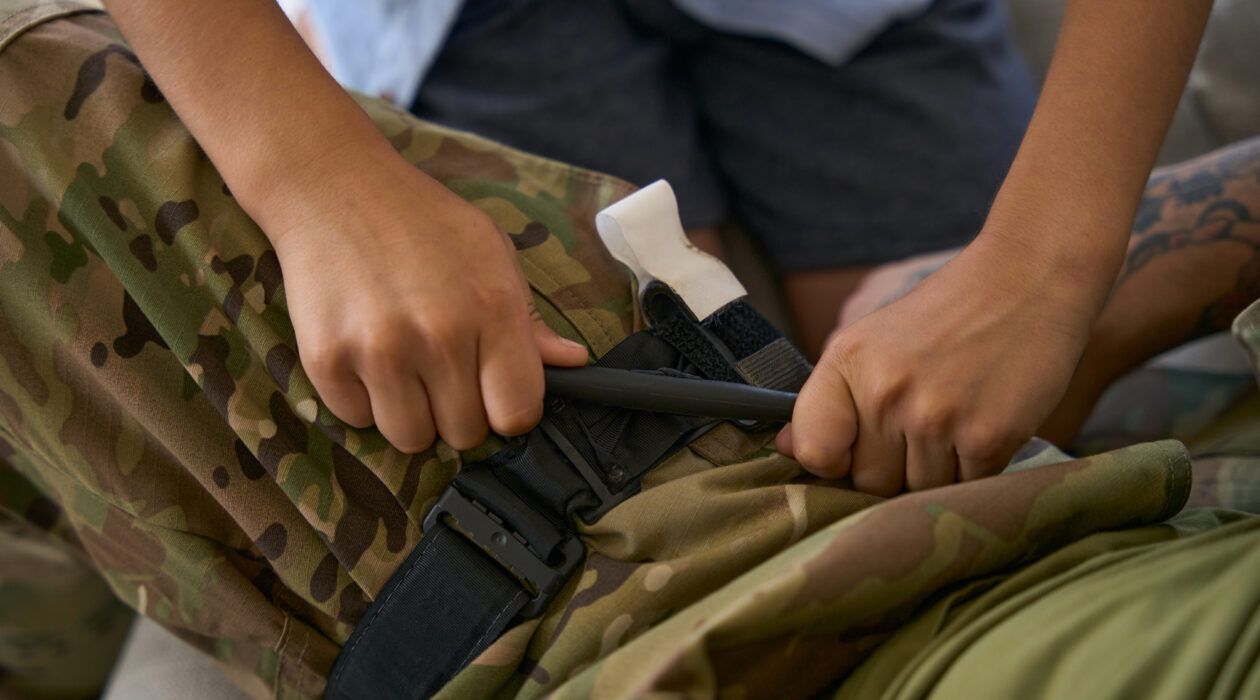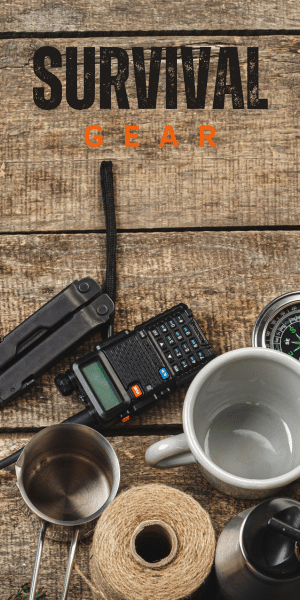In the realm of emergency medical equipment, CAT tourniquets play a pivotal role in life-saving procedures, especially in situations involving traumatic injuries and severe hemorrhage. From one-handed operational designs validated by military research to durable cases for secure carrying, these products represent the cutting-edge in emergency medical technology, offering reliability, efficiency, and rapid deployment in critical situations.
Overview of CAT Tourniquet
What is a CAT Tourniquet?
The Combat Application Tourniquet (CAT) is a life-saving medical device used to control life-threatening limb hemorrhage when direct pressure is insufficient. It’s a compact, lightweight tool designed for field combat situations, widely used by military and emergency services. The CAT Tourniquet is specifically engineered to be applied with one hand, making it ideal for self-application in emergency scenarios. Its primary function is to stop the flow of blood from a severe injury, particularly in extremities, to prevent excessive blood loss that can lead to shock or death.
History and Development of CAT Tourniquet

The CAT Tourniquet was developed by Ted Westmoreland, addressing the need for an effective and easily applicable tourniquet in combat situations. Its design and development were driven by the experiences of the U.S. military in field combat, where quick and efficient hemorrhage control is crucial. The CAT has undergone several iterations since its inception, with improvements focused on enhancing its effectiveness and ease of use. It has been adopted not only by the U.S. military but also by various coalition forces and civilian emergency services, reflecting its reliability and effectiveness in traumatic injury scenarios.
Design and Features of CAT Tourniquet
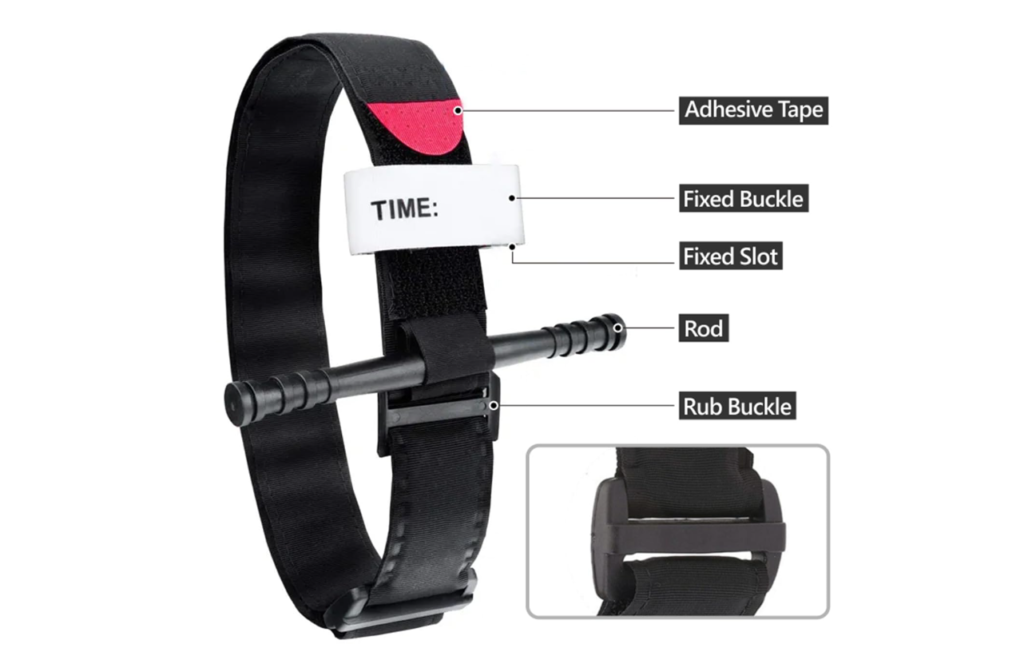
The CAT Tourniquet features a unique design that includes a windlass mechanism and a self-adhering band, allowing for rapid application and secure hemorrhage control. The windlass rod, when twisted, applies consistent pressure to stem blood flow. It includes a locking mechanism to maintain pressure after application. The tourniquet’s design allows for one-handed application, making it practical for self-application in emergency situations. The CAT is adjustable to fit a wide range of limb sizes, and its compact size makes it easy to carry, a crucial factor for soldiers in the field and first responders in emergency medical situations.
Advantages Over Other Tourniquets
The CAT Tourniquet offers several advantages over other types of tourniquets. Its one-handed application is a significant benefit, especially in self-care scenarios or when an injured person is alone. The windlass mechanism provides a more controlled and consistent pressure, reducing the risk of further injury. Its design minimizes the time required to apply, which is critical in life-threatening situations where every second counts. Additionally, the CAT’s durability and effectiveness in extreme conditions make it a preferred choice in military and emergency medical services. Its compact size and ease of storage also add to its practicality in various settings.
Using CAT Tourniquet
When to Use a CAT Tourniquet
A Combat Application Tourniquet (CAT) should be used in situations where there is life-threatening bleeding from a limb and when direct pressure is not sufficient to control the hemorrhage. This is often the case in traumatic injuries such as those sustained in combat, severe accidents, or industrial incidents.
The CAT is specifically designed for extremity hemorrhages – injuries to arms or legs – where it can effectively stop arterial blood flow. It is crucial in scenarios where immediate medical attention is not available, and the risk of significant blood loss is high.
The decision to use a CAT tourniquet should be made quickly, as delayed application can result in greater blood loss and increased risk of shock or death. It is also used in emergency medical services and by first responders in civilian settings for similar traumatic injuries.
Step-by-Step Guide on Applying a CAT Tourniquet
- Remove the Tourniquet: Take the CAT tourniquet out of its package. If the injured person is wearing clothing on the affected limb, expose the area where the tourniquet will be applied.
- Position the Tourniquet: Place the tourniquet around the injured limb, a few inches above the wound. Avoid placing it over a joint. Ensure there’s at least 5cm of uninjured skin between the tourniquet and the wound.
- Secure the Band: Pull the free end of the band tightly and securely fasten it back onto itself.
- Twist the Windlass Rod: Turn the windlass rod until the bleeding stops. The tourniquet should be tight enough to occlude arterial blood flow.
- Lock the Windlass: Once the bleeding is controlled, lock the windlass in place using the windlass clip. Secure the rod further with the windlass strap.
- Record Time: Note the time of application and write it on the tourniquet if possible.
Common Mistakes and Misconceptions
Insufficient Tightening: A common mistake is not tightening the CAT tourniquet enough, which can lead to continued bleeding. It’s essential to tighten the tourniquet until all blood flow is completely stopped.
Incorrect Placement: Placing the tourniquet directly over a wound or a joint is another error. It should be positioned a few inches above the injury on the limb for effective use.
Misconception About Usage: There’s a misconception that tourniquets should only be used as a last resort due to the risk of limb damage. However, the immediate threat of significant blood loss is a more pressing concern, and the use of a tourniquet is often necessary.
Removal of Tourniquet: Some believe that a tourniquet should not be removed until medical help arrives. In reality, if there’s a delay in professional medical assistance, periodic loosening of the tourniquet may be required to prevent tissue damage. This, however, should be done cautiously and only when absolutely necessary.
Our 5 best CAT Tourniquet :
DZHJKIO Gen 7 CAT Tourniquet – Combat Application Tourniquet :
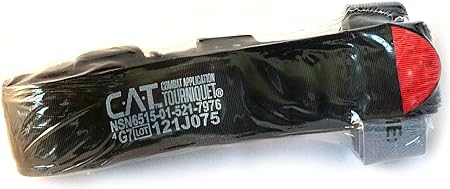
This is the Gen 7 CAT Tourniquet by DZHJKIO, a one-handed tourniquet proven effective by the U.S. Army’s Institute of Surgical Research. It features a durable windlass system with a free-moving internal band for true circumferential pressure. It’s designed for traumatic wounds with significant hemorrhage, ensuring complete blood flow occlusion.
CAT + Rigid Tourniquet Case Value Combo:
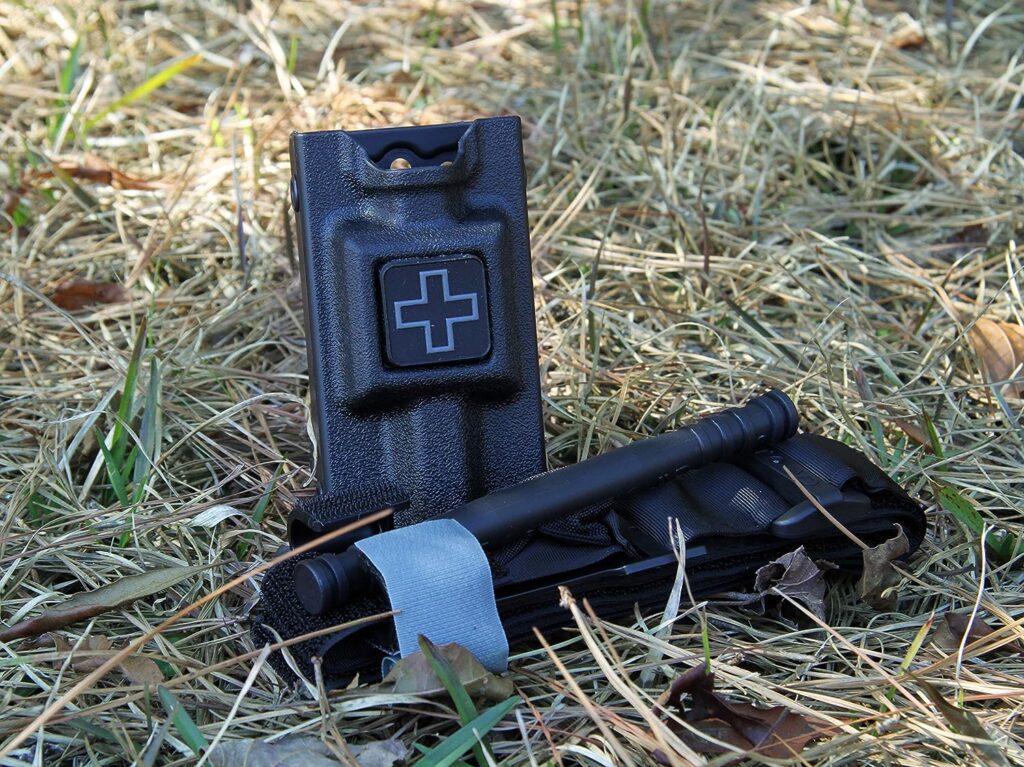
This combo includes a NAR C-A-T Tourniquet and an Eleven 10 RIGID CAT TQ Case. The case, compatible with duty belts and MOLLE/PALS, ensures easy carrying. The Gen 7 C-A-T Tourniquet is lightweight and effective, ideal for rapid deployment in emergencies. The case is designed for durability and quick tourniquet access.
Tourniquet Cat Tourniquets First Aid Tactical :
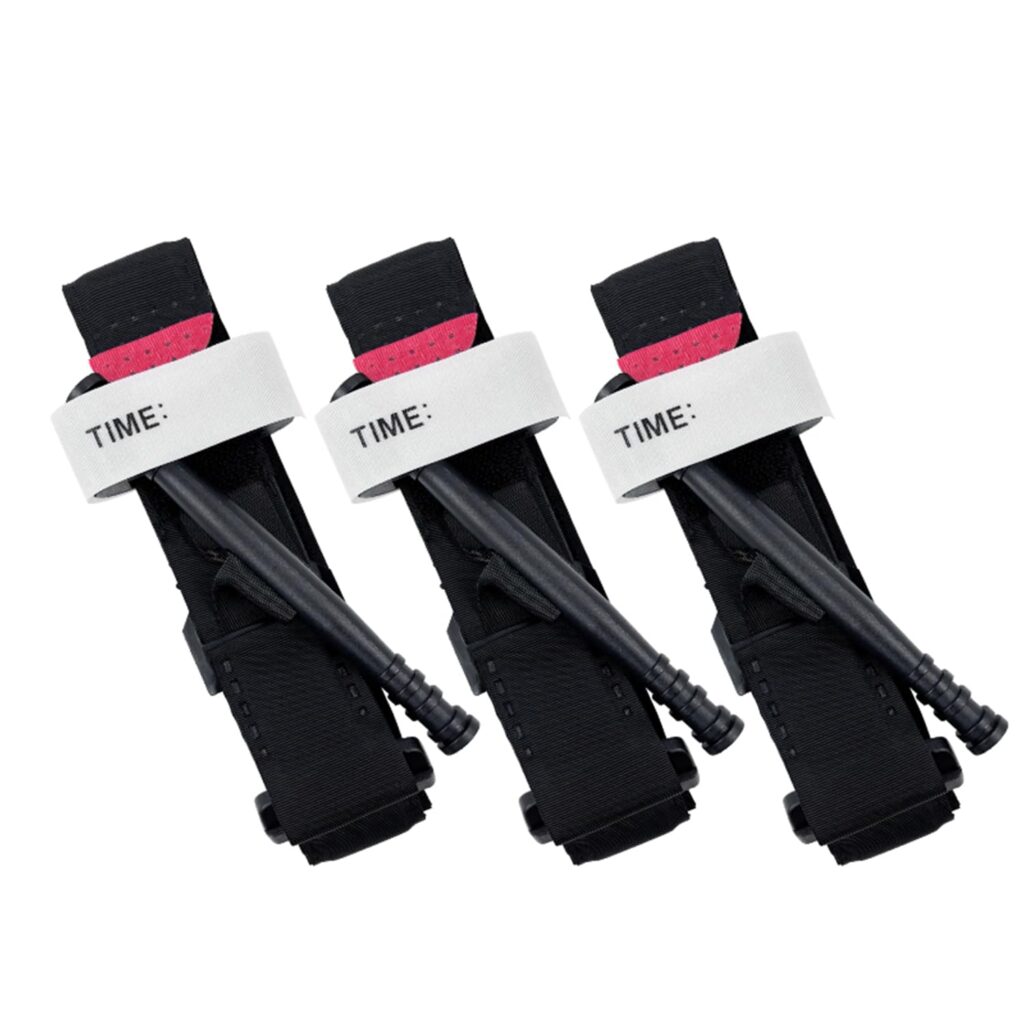
This pack includes three black CAT tourniquets designed for one-handed operation, suitable for both professionals and general users. They are effective for controlling extreme bleeding in limbs, made from durable materials with strong Velcro. These tourniquets are compact, lightweight, and ideal for various emergency situations.
Only a Case for CAT (Tourniquet Not Included):
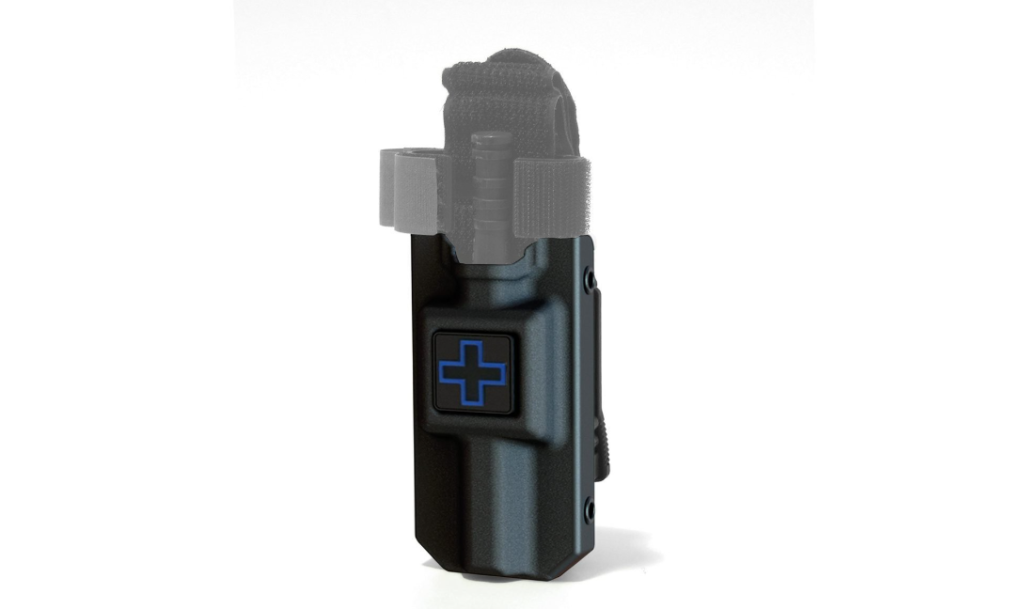
This is the Eleven 10 Rigid TQ Case for the C-A-T Gen 7 tourniquet. It’s a hard-sided case designed for quick tourniquet access. The case can be attached to a duty belt or MOLLE-compatible vest. It’s made from injection-molded nylon for durability and offers multiple mounting options and adjustments. The case ensures rapid, one-handed tourniquet deployment.
The 2-Pack Genuine NAR CAT Tourniquet Gen 7 in Orange
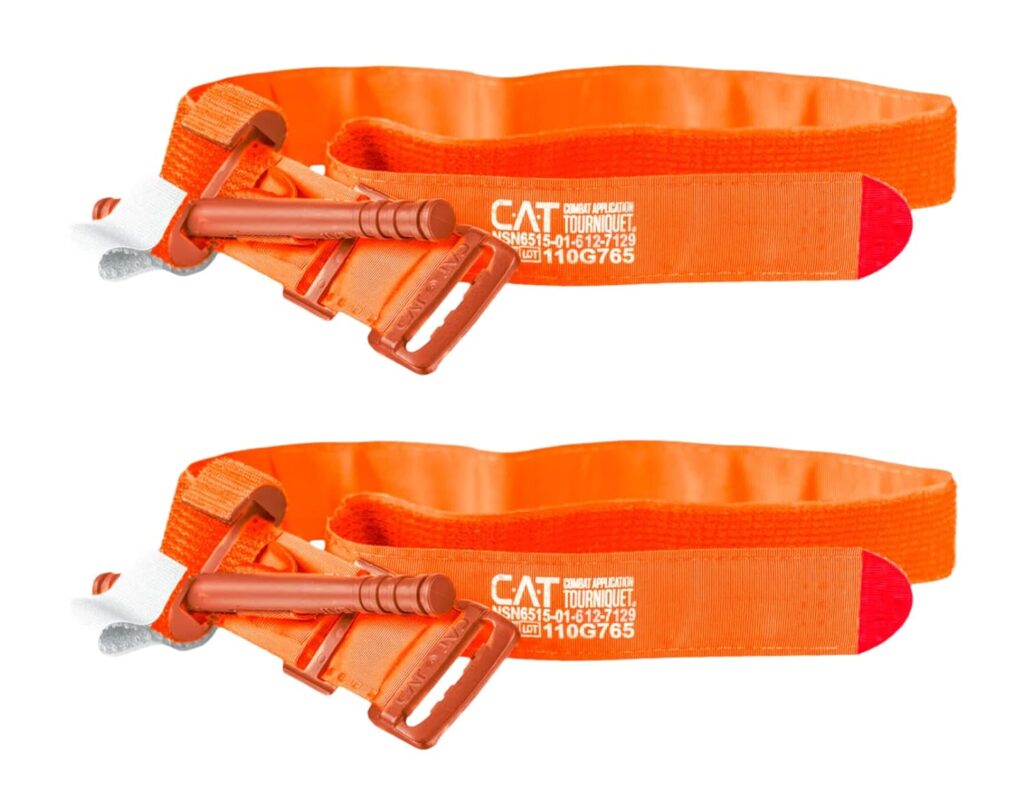
A highly effective medical tool, essential for emergency situations. Proven 100% effective in occluding blood flow in extremities, this tourniquet is endorsed by the U.S. Army’s Institute of Surgical Research. It features a single routing buckle for quick application, reducing blood loss and simplifying training. The reinforced windlass stabilization plate, windlass clip, and writable security strap ensure reliability. Its unique Red Tip Technology enhances visibility during application, making it a top choice for both professional and emergency use.
FAQ :
How effective is the CAT tourniquet?
The Combat Application Tourniquet (CAT) is highly effective in controlling life-threatening limb hemorrhages. Its design ensures rapid and reliable occlusion of blood flow in traumatic injuries. Studies and field reports from military and civilian emergency services have consistently demonstrated its effectiveness in saving lives by preventing excessive blood loss in critical situations.
What does CAT mean tourniquet?
CAT in ‘CAT Tourniquet’ stands for Combat Application Tourniquet. It is a specialized medical device designed for quick and effective application in high-stress situations, particularly in combat or emergency scenarios. The CAT is engineered to stop severe limb bleeding by applying concentrated pressure, making it a crucial tool in trauma care and life-saving interventions.
How do you use a CAT tourniquet?
To use a CAT tourniquet, place it around the injured limb, a few inches above the wound. Pull the self-adhering band tight and secure it back onto itself. Twist the windlass rod until the bleeding stops and lock it in place. Ensure the tourniquet is tight enough to occlude blood flow and note the time of application.
Can CAT tourniquets be reused?
CAT tourniquets are designed for single-use in emergency situations, primarily due to concerns about contamination and the potential loss of elasticity or functionality after use. However, for training purposes, they can be reused. In real-life scenarios, especially where bloodborne pathogens or sterility are concerns, it’s recommended to use a new CAT tourniquet to ensure maximum safety and effectiveness.
In the end
The comparative overview of these tourniquets and their accessories underscores the importance of having reliable and effective emergency medical equipment readily available. Whether for professional use in the field or for personal emergency preparedness, these products are designed to meet the highest standards of functionality and ease of use.
The integration of advanced features like one-handed operation, durable materials, and versatile carrying options highlights the ongoing innovation in this vital field. Ultimately, the choice of a tourniquet or its accessory should be guided by the specific requirements of the intended use, ensuring optimal performance in life-saving scenarios.

